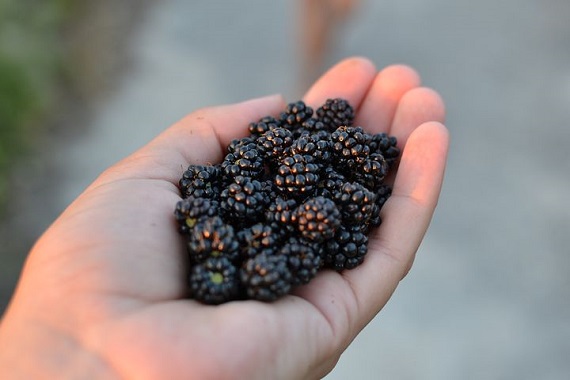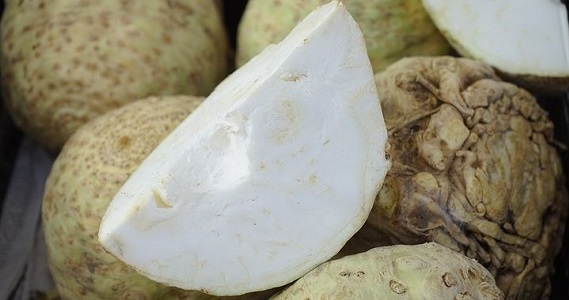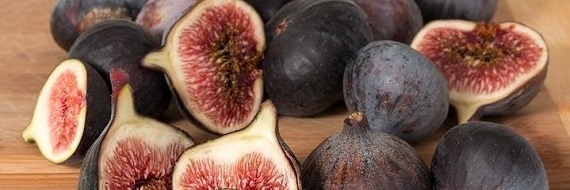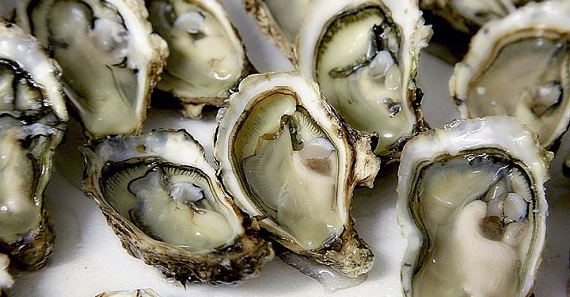Whether it`s fruit, vegetables, freshwater fish or meat you fancy, eating what`s in season now can mean tasty, nutritious, sustainable and cost-effective choices.
This page will help you discover what to eat right now and what foods you can look forward to throughout the year.
Seasonal Food: September
Blackberries

These wonderful berries are in season from the end of summer to the beginning of autumn and are a source of vitamin C and folate. Vitamin C helps to ensure our nervous and immune systems stay healthy and also contributes towards collagen formation which is important for healthy bone function. Whilst folate also helps contribute towards a healthy immune system and blood formation. What makes them even better is that you can find them for free amongst the hedgerows. Blackberry picking is a great reason to get outdoors and explore your surroundings - take some containers and an umbrella (for hooking branches), and avoid blackberry bushes that are below waist height, or low enough for dogs to reach, and avoid bushes on main roads and in polluted areas. Then when you get them home give them a rinse and use them straight away in a crumble, as a breakfast topper or make some jam, or freeze them. The best way to freeze them is after rinsing pat them dry with kitchen paper or a tea towel, lay them out onto a tray and put them in the freezer, once they are frozen remove them from the tray and transfer to a freezer bag or container before returning them to the freezer.
Top tip: try adding some blackberries to any red meat dish as a garnish "“ their fruitiness combines well with the richness of meat.
Celeriac

This odd looking vegetable is the root of a celery plant. It can be planted in early spring and will be ready to eat in autumn, winter and the following spring although is available in supermarkets all year round. In the colder months as long as the ground surrounding the plant is covered with straw for example, to prevent the ground from freezing, then it should survive the weather and can be eaten when required. Celeriac can be mashed (taking 20 minutes to soften on boiling), roasted in 40 minutes, grated into coleslaw or salads and added to stews. It is a tough vegetable to chop with the skin and centre needing to be discarded, but soon softens on roasting and has a sweet, nutty taste. It keeps well in the fridge for a few weeks which is very handy as being a large vegetable you may not need to use it all in one go.
Figs

Figs are often thought of as luxurious, which by all means they are, with their intensely sweet flavour and rich colourings. Dried figs can be bought all year round whilst fresh figs are generally available throughout summer and early autumn. To grow you own fig tree the crop is best planted in March or April and if kept well the fruits should be ready to eat by July/August. Figs are delicious eaten raw alongside natural yogurt and honey, they can be roasted and served in a salad or with parma ham, cheese and rocket as a starter.
Fig fact: the seeds contained within a fig are actually fruits of their own.
Oysters

Oysters are available all year round but are at their best in the months when the water is colder (any months with an r in its name are best for oysters). The molluscs can be eaten raw combined with either lemon juice or Tabasco, and when they`re cooked their creaminess intensifies. They can be bought fresh or frozen but if opting for frozen it is better not to eat these ones raw just as they are tastier when cooked due to the effect the freezing process has on them. When buying oysters you can either open them yourself or you can generally ask the fishmongers to do this for you. Alternatively to let them open naturally they can be stored in the fridge, not in a container, but covered in either damp kitchen paper or a damp tea towel and within 3 days they should have opened "“ any that do not open should be discarded.
Oyster fact: the oysters that we eat are different to pearl oysters, whilst those that we eat can produce pearls it is uncommon as the two types of oyster are from different mollusc families.
Beef

Whilst there is no better season for beef, it is reared all year round, September is when the weather can start to turn colder here in the UK and the weekend barbecues are swapped for Sunday roasts, of which beef can be the star of the show. There are so many different cuts of beef for its various uses in cooking; fillet and rib eye are great for roast dinners, braised and stewing steak are perfect for casseroles and pies whilst mince is used in pasta dishes, cottage pie and of course burgers. Light marbling of fat throughout the meat often gives the best flavour as it means the meat doesn't dry out on cooking, although does mean it's not the leanest cut! Avoiding cuts of beef with fat on the outside, or trimming this excess fat off before cooking helps to keep the fat content down.
Beef fact: beef is a source of iron, vitamin B12 and zinc. Try our Vietnamese Beef Noodle Soup for a light lunch or supper.
EAT THE SEASONS
What's best to eat in August?
Nothing tastes better than eating in season. Find out what's at its best in August
 read more
read moreWhat's best to eat in October?
Nothing tastes better than eating in season. Find out what's at its best in October
 read more
read moreWhat's best to eat in November?
Nothing tastes better than eating in season. Find out what's at its best in November
 read more
read more